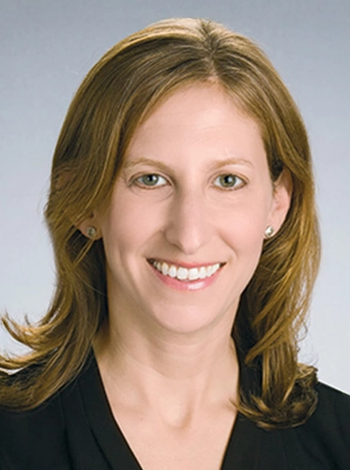
How much time is being spent on EHRs?
Study compiles data, finds multiple specialties affected.
Physicians are spending an estimated 4.5 hours a day completing electronic health records (EHR), which “leaves less time to attend directly to patients,” according to a new study.
“Although the EHR can improve access to medical information, it is a data-hungry beast that exacts a huge toll as measured in hours, clinical focus, communication quality, and quite likely clinical outcomes,”
The researchers aimed to estimate the EHR time burden in the United States and potential savings with streamlined records. They compiled information from 10 articles that used direct observation and computer-based methods to track EHR use in family medicine, ambulatory care, primary care, general pediatrics, internal medicine, cardiology, orthopedics, endocrinology, geriatrics, psychiatry, rheumatology and ophthalmology.
“There was no relationship between specialty and result,” the study said. Time dedicated for EHR in the United States was significantly higher than in other countries, where reported daily EHR time was one hour.
Newsletter
Access practical, evidence-based guidance to support better care for our youngest patients. Join our email list for the latest clinical updates.








